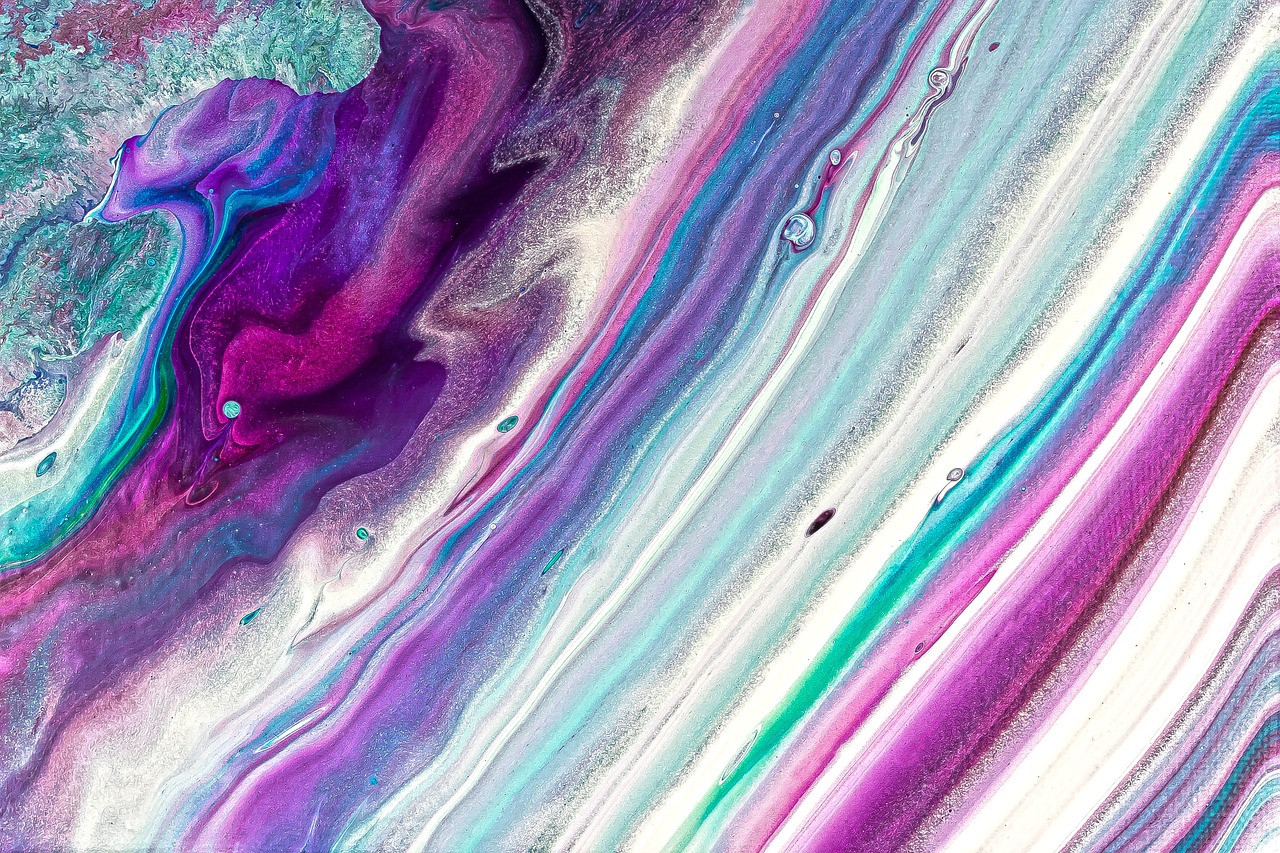Identify the Surface Material
The method of removal largely depends on the type of surface the spray paint is on. Different materials require different cleaning approaches – what works on metal may not be suitable for wood or plastic.
Act Quickly
The sooner you try to remove the spray paint, the better. Fresh paint is easier to remove than paint that has had time to dry and cure.
Safety Precautions
Before starting the removal process, ensure you're taking the appropriate safety precautions. Wear gloves, protective eyewear, and a mask, especially if you’re using chemical paint removers.
Removing Spray Paint from Metal
For metal surfaces, start with a mild cleaning solution like soapy water. If this doesn't work, move on to rubbing alcohol, acetone, or a commercial graffiti remover. Apply the solvent to a cloth and gently rub the area until the paint starts to lift. Avoid using abrasive materials that could scratch the metal.
Removing Spray Paint from Wood
When dealing with wood, you have to be careful not to damage the underlying surface. Try olive oil for gentle removal or rubbing alcohol for more stubborn paint. If the wood is painted and you're trying to save the underlying paint job, be extra careful with the amount of solvent and the pressure you apply.
Removing Spray Paint from Plastic
Plastic can be sensitive to solvents, so start with the gentlest method – vegetable oil or a mixture of warm water and dish soap. If that doesn’t work, try rubbing alcohol or nail polish remover with acetone, applying it with a soft cloth.
Removing Spray Paint from Fabric
If spray paint gets on fabric, blot (don’t rub) the area with a solvent like rubbing alcohol or acetone before laundering. Be sure to check the fabric’s care label first, as some fabrics may not react well to solvents.
Removing Spray Paint from Concrete
Concrete is porous, so spray paint can seep deep into the surface. Pressure washing can be effective, but for tougher jobs, use a commercial paint stripper designed for concrete. Apply the stripper, let it sit for the recommended time, and then scrub it off.
Cleaning Up and Disposal
After removing the spray paint, clean the area thoroughly with soapy water to remove any residual solvent or paint stripper. Properly dispose of any rags or materials soaked with solvent, as they can be a fire hazard.
Professional Paint Removal
For extensive paint coverage, delicate surfaces, or if DIY methods fail, it’s best to call in a professional. Cleaning companies provide expert paint removal services, ensuring the job is done safely and effectively without damaging the underlying surface.
Effective Spray Paint Removal
Removing spray paint requires patience and the right approach, depending on the surface. Start with the least abrasive method and work your way up as needed. Remember, in cases where the removal seems risky or too challenging, professional services are equipped to handle such tasks efficiently and safely.

